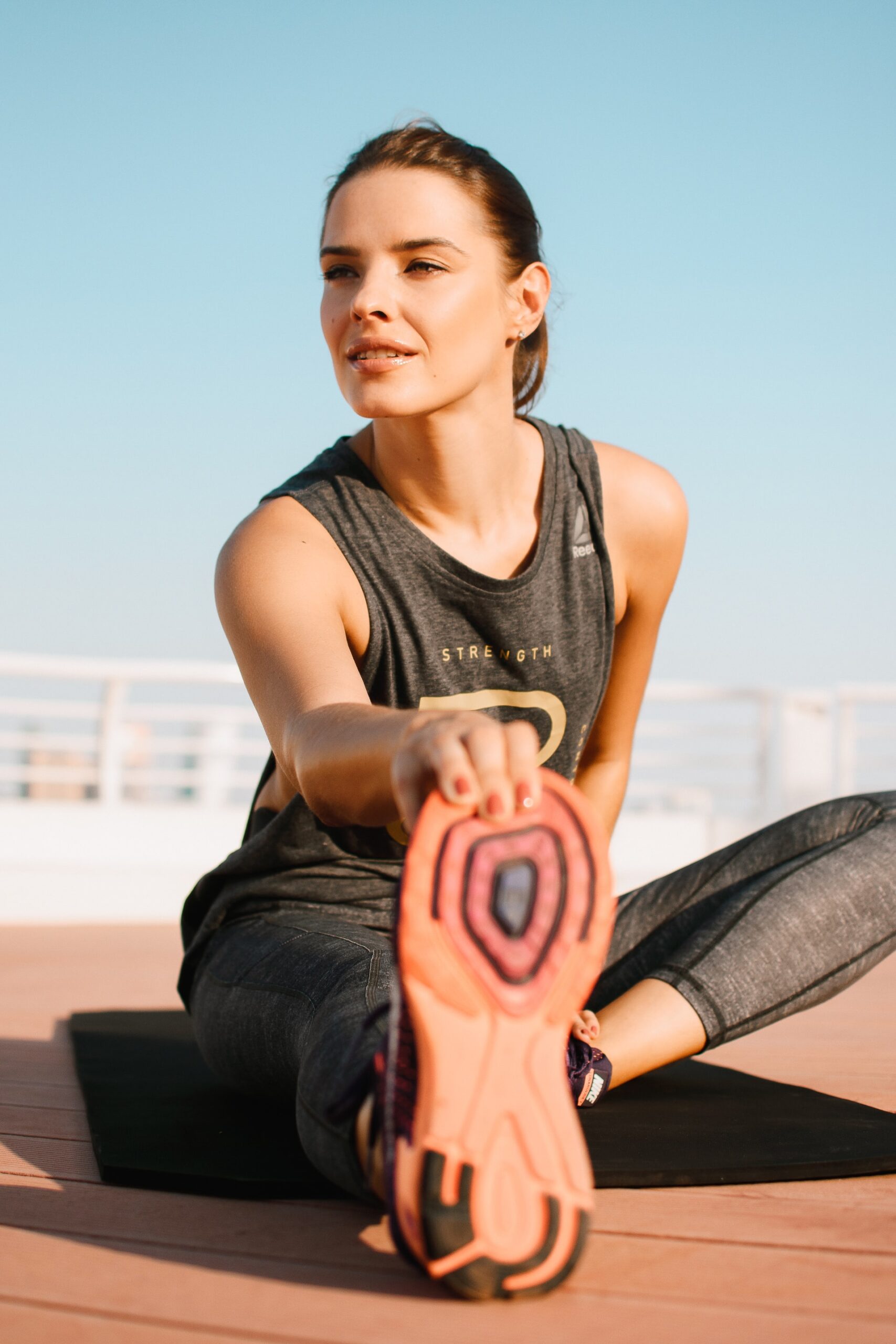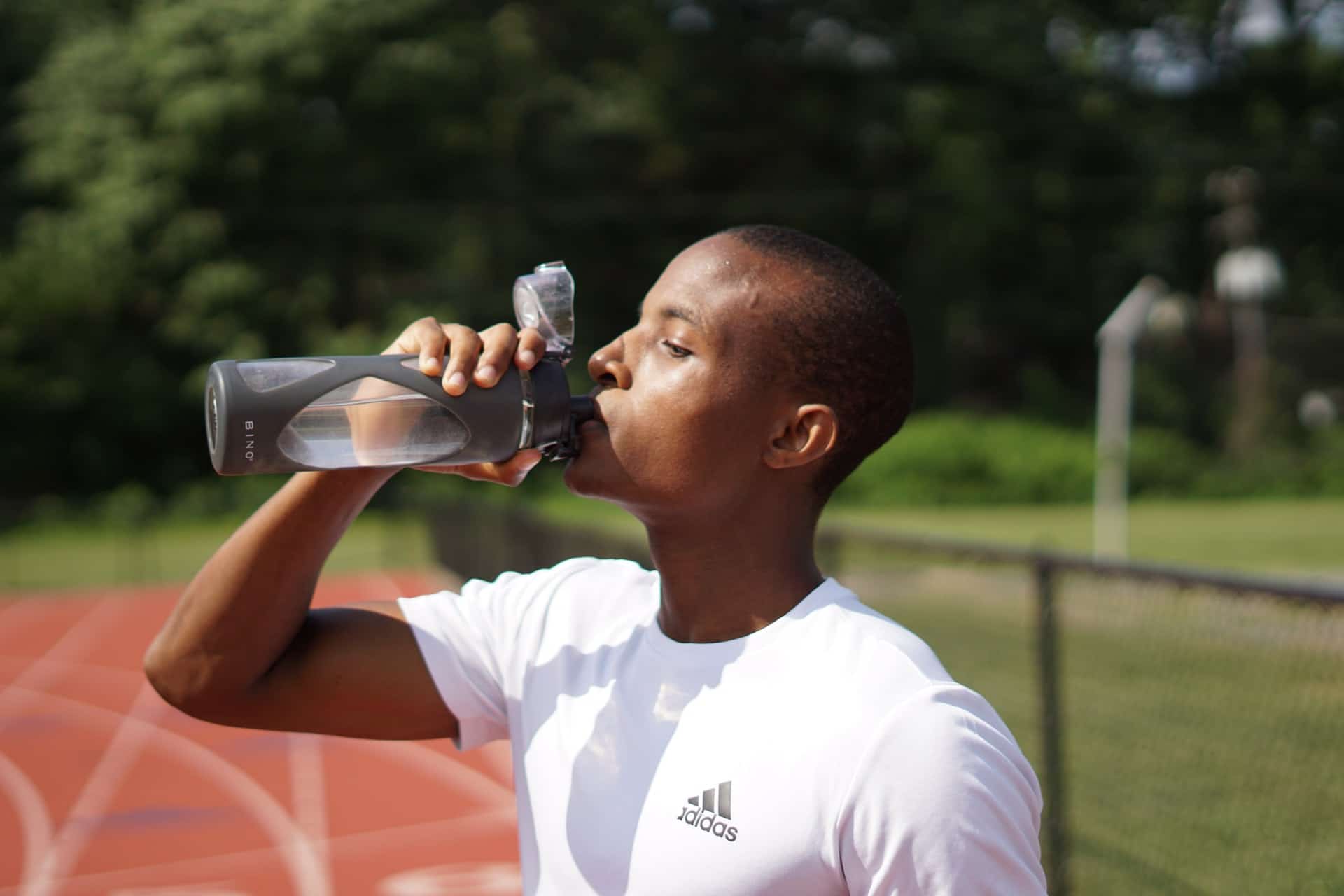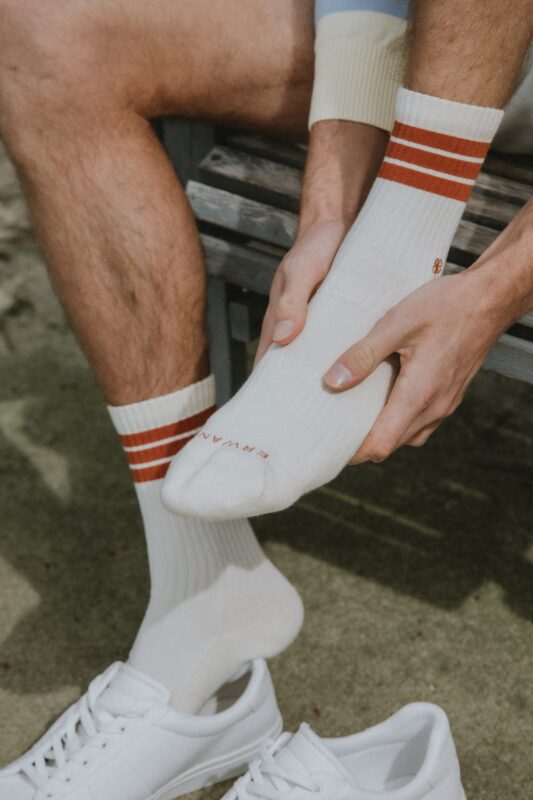
Contents
- And what about delayed onset muscle soreness?
- Is DOMS a type of running injury?
- So what types of common running injuries are there then…?
- Shin Splints – what are they?
- Do only runners get shin splints?
- How do I know if I have a stress fracture and not just soreness?
- What can I do about black toenails?
- What problems can tight calf muscles cause?
- What is plantar fasciitis?
- What is Achilles tendonitis?
- What is a pulled muscle?
- Is runner’s knee a thing?
- I’ve never heard of band syndrome, what is it?
- So is it the same as runner’s knee?
- and then of course comes iliotibial band syndrome…
- How do foam rollers help?
- and do they increase blood flow?
There are a few things you can do to help alleviate the soreness you may be feeling after running.
One is to make sure you are stretching properly both before and after your runs.
You can also try using a foam roller to massage out any knots or tension in your sore muscles.
Additionally, it’s important to make sure you are drinking plenty of water both during and after your runs to help keep your muscles hydrated. This should automatically be incorporated as part of your running routine/training regimen.
Finally, if the soreness is really bothering you, you can try taking ibuprofen or another pain reliever.
By following these tips, you should be able to reduce the amount of soreness you experience after running.
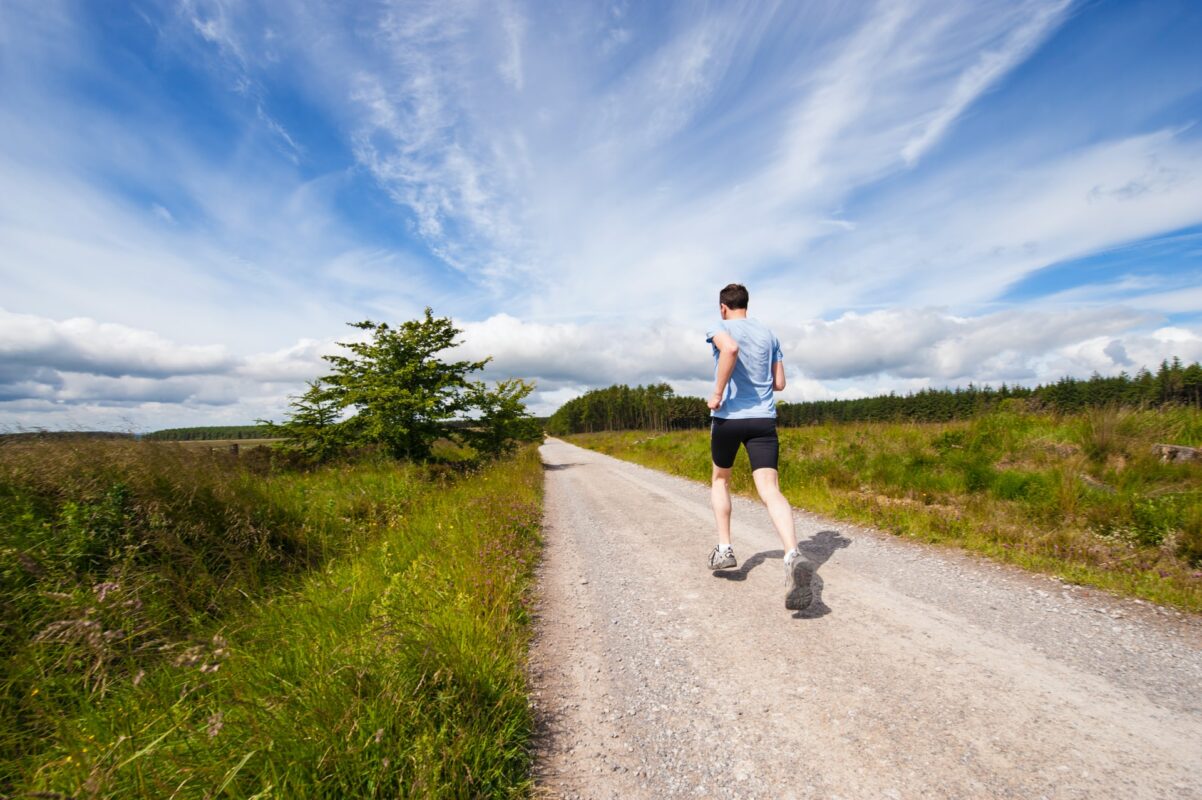
And what about delayed onset muscle soreness?
Delayed onset muscle soreness (DOMS) is a type of muscle soreness that typically occurs one to two days after you exercise.
It’s caused by tiny tears in your muscles, and while it can be uncomfortable and cause minor aches, it is not usually dangerous.
There are a few things you can do to help relieve the soreness, including using a foam roller, stretching, and taking an over-the-counter pain reliever.
You can also try applying a heat or ice pack to the affected area for 15-20 minutes at a time.
If you’re still experiencing pain after a few days, you should consult with a doctor.
Is DOMS a type of running injury?
No, DOMS is not a type of running injury. It is simply a side effect of doing too much exercise too quickly.
However, if you are experiencing pain that persists for more than a few days, you may have an actual running injury and should consult with a doctor.
So what types of common running injuries are there then…?
Shin Splints – what are they?
Shin splints refer to pain in the lower leg, typically around the shin and are common sports injuries.
They are often caused by overuse, such as from running too much or from wearing shoes that don’t provide enough support.
Shin splints can be painful and make it difficult to run, but they usually go away on their own with rest and ice.
If the pain is severe or persists for more than a few weeks, you should consult with a doctor.
Do only runners get shin splints?
No, shin splints can occur in any athlete who overuses their lower leg muscles. This includes runners, dancers, and football players.
How do I know if I have a stress fracture and not just soreness?
Stress fractures are a type of runner’s injury that is caused by tiny cracks in the bone.
It is often difficult to tell the difference between a stress-induced fracture and regular soreness, but there are a few key symptoms that can help you decide.
If you have a stress fracture, you will likely experience pain that increases with activity and decreases with rest.
You may also have bruising or swelling around the affected area.
If you are unsure whether you have a stress fracture, it is best to consult with a doctor.
What can I do about black toenails?
Black toenails are a common problem for runners, especially those who run long distances.
They are caused by the accumulation of blood under the toenail, and while they are not dangerous, they can be painful.
There are a few things you can do to help prevent black toenails, including wearing properly fitted shoes, using a foam roller before and after your run, and stretching your calf muscles.
If you already have a black toenail, you can try using a cold compress to reduce the swelling.
If the pain is really bothering you, you can also take ibuprofen or other pain relievers.
By following these tips, you can help reduce the amount of pain and swelling associated with black toenails.
What problems can tight calf muscles cause?
Tight calf muscles can cause a number of problems, including shin splints, Achilles tendonitis, and plantar fasciitis.
They can also lead to cramps and fatigue.
The best way to prevent these problems is to stretch your calf muscles regularly. You can do this by standing against a wall and pushing your heel down.
You can also try doing calf raises.
If you’re already experiencing pain, you can try using a foam roller or taking an over-the-counter pain reliever.
If the pain persists, you should consult with a doctor. It goes without saying that it’s best to prevent running injuries rather than heal them.
What is plantar fasciitis?
Plantar fasciitis is a type of running injury that affects the tissue on the bottom of your foot.
It is often caused by overuse, tight muscles, or shoes that don’t provide enough support.
Plantar fasciitis can be painful, and it may make it difficult to run or walk.
There are a few things you can do to help relieve the pain, including using a foam roller, stretching, and taking an over-the-counter pain reliever.
You can also try applying a heat or ice pack to the affected area for 15-20 minutes at a time.
If you’re still experiencing pain after a few days, you should consult with a doctor.
What is Achilles tendonitis?
Achilles tendonitis is a type of running injury that affects the tissue connecting your calf muscle to your heel.
It is often caused by overuse, tight muscles, or shoes that don’t provide enough support.
Achilles tendonitis can be painful, and it may make it difficult to run or walk.
There are a few things you can do to help relieve the pain, including using a foam roller, stretching, and taking an over-the-counter pain reliever.
You can also try applying heat or ice to the affected area for 15-20 minutes at a time.
If you’re still experiencing pain after a few days, you should consult with a doctor.
What is a pulled muscle?
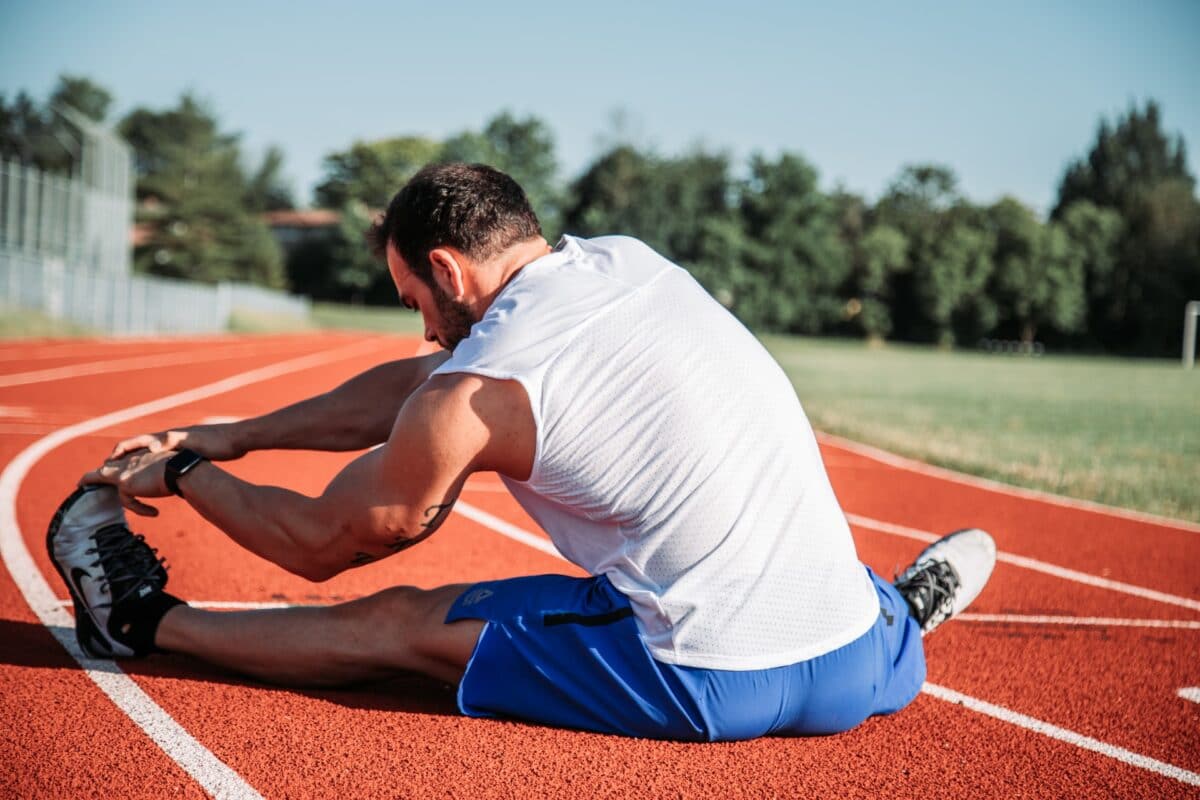
A pulled muscle is a type of injury that occurs when the muscle is stretched beyond its limit.
This can happen suddenly, such as during a sprint, or overtime, from repeated overuse.
Muscle strains can be painful and can cause sharp pain, and they may make it difficult to run or walk.
There are a few things you can do to help relieve the pain, including using a foam roller, making sure you stretch well and taking an over-the-counter pain reliever.
You can also try applying heat or ice to the affected area for 15-20 minutes at a time.
If you’re still experiencing pain after a few days, you should consult with a doctor or get referred for physical therapy.
Is runner’s knee a thing?
Yes, it’s definitely a thing. It’s a type of common running injury that occurs when the cartilage in your knee joint wears down.
The runner knee issue can be caused by overuse, weak muscles, or shoes that don’t provide enough support.
Symptoms of this include pain, stiffness, and swelling.
There are a few things you can do to help relieve the pain, including using a foam roller, stretching, and taking an over-the-counter pain reliever.
You can also try applying heat or ice to the affected area where you feel pain for 15-20 minutes at a time.
If the pain persists, you should consult with a doctor or physical therapist to ensure there isn’t an underlying more serious injury.
I’ve never heard of band syndrome, what is it?
Band syndrome is a type of runner’s injury that occurs when the iliotibial (IT) band, a ligament that runs from the hip to the knee, becomes irritated.
It is often caused by overuse or tight muscles.
Symptoms of this issue include pain on the outside of the knee, and the pain may worsen when you run or walk.
So is it the same as runner’s knee?
No, they’re two different things.
The band diagnosis is an injury that affects the iliotibial IT band, while runner’s knee is a type of common runners injury that occurs when the cartilage in your knee joint wears down.
and then of course comes iliotibial band syndrome…
ITBS is a type of injury that occurs when the iliotibial, a ligament that runs from the hip to the knee, becomes irritated.
It is often caused by overuse or tight muscles.
Symptoms of ITBS include pain on the outside of the knee, and the pain may worsen when you run or walk.
How do foam rollers help?
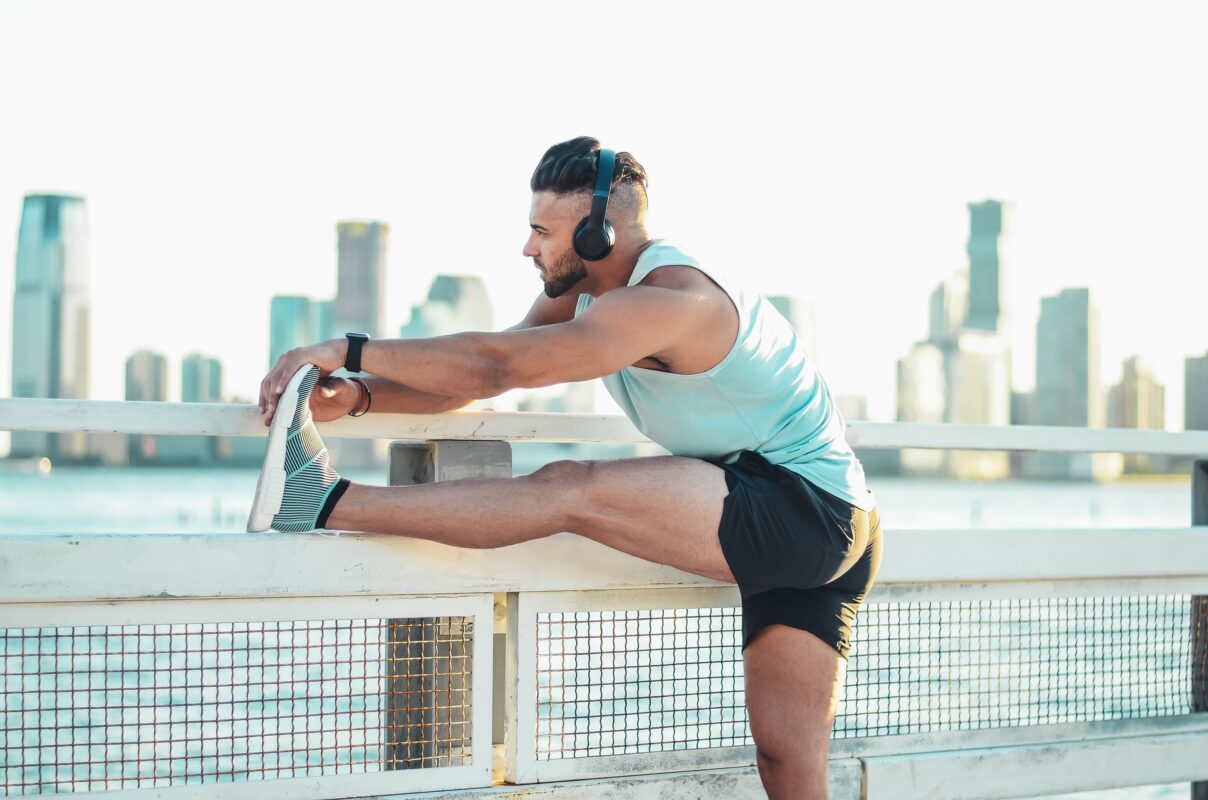
Foam rollers are often used by people who have muscle pain or soreness.
They can help to massage the muscles and release tension.
Foam rollers are also sometimes used as part of a stretching routine.
To use a foam roller, simply roll it over the affected muscle group for 15-20 seconds.
and do they increase blood flow?
There is some evidence that foam rolling can help to increase blood flow to the muscles.
One study found that foam rolling before exercise helped to improve blood flow and reduce muscle soreness.
Another study found that foam rolling after exercise helped to reduce inflammation and promote muscle recovery.
So, if you’re feeling sore after a run, a foam roller may be able to help.
I hope that answers the question, ‘what do I do about soreness due to running’ satisfactorily, so stay away from those muscle strains and keep injury-free.
Happy running…
